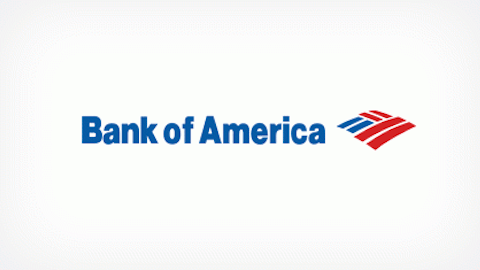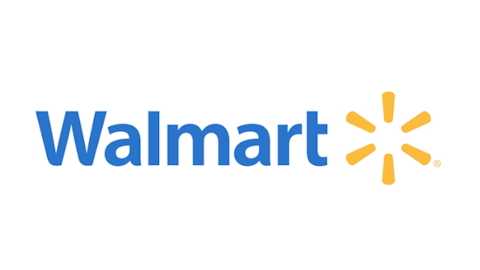China sneezes, Africa catches a cold, America rushes in just in time
Africa is no longer the world’s tip jar, but rather a key growth pillar. Different countries are jostling for opportunities in the continent, most notably China. The Asian country, which is the world’s second largest economy, is currently the biggest investor in Africa. Going by a new database from AidData, China infused $260 billion in Africa between 2000 and 2011 in investment and aid–$34 billion in 2011 alone, reports Africa Business.
While this relationship is nothing but beneficial for Africa, there are very many dangers gathering on the horizon. If China sneezes, Africa catches a cold. Or better yet; if China catches a bullet, Africa bleeds. And from recent developments, China seems to be catching quite a number of bullets. Not only are there looming cash concerns, as shown by Chinese banks’ recent reluctance to lend to each other, but there are also a lot of concerns over the debt issue. Earlier in the year, Zhang Kew Hoc, a senior Chinese auditor, intimated that the Chinese debt situation could be a prelude to a crisis bigger than the U.S 2008 housing crash. As it is, China’s growth is tracking downwards at around 7%, much lower than the double digit growth that was witnessed in the past decade. In the event that China plateaus–and the signs are there–Africa is very likely to turn to the U.S.
American banks like JPMorgan Chase & Co. (NYSE:JPM) and Citigroup Inc (NYSE:C) have already set the stage for this. In one move, JPMorgan last year invested in Africa’s fastest growing e-commerce retailer Jumia and Zando. And recently, the bank received a nod from the Central Bank of Kenya to open a representative office in the country. JPMorgan’s plan for Africa is to leverage its strong cash position to land big project and large infrastructure financing, something that has been an issue for smaller banks in the continent. In Kenya for instance, Kenya Commercial Bank, the country’s largest bank, can only lend a maximum $125 million. The situation may be worse in many other African countries. As such, JPMorgan Chase & Co. (NYSE:JPM)’s current position in the continent is a great opportunity for future double digit growth, especially if China’s stance on the continent softens in favor of its own internal economic issues.
Foolish Conclusion
Citigroup Inc (NYSE:C) touts winning the Fed’s stress test, signaling its ability to weather another financial crisis similar to or worse than the 2008 one. In addition, Citigroup is cutting back on costs and improving its cash position as shown by the CEO’s early-year announcement to follow through on 11,000 layoffs. Nonetheless, this alone is not reason to buy it over JPMorgan. Going by Citigroup Inc (NYSE:C)’s PE ratio of 17.85, it is significantly more expensive when compared to JPMorgan Chase & Co. (NYSE:JPM), which has a PE ratio of 9.39. JPMorgan is in fact even cheaper than Bank of America Corp (NYSE:BAC), which has a punishingly high PE ratio of 40.48.
With the greatest valuation among its peers, a strong cash position and burgeoning growth prospects, JPMorgan Chase & Co. (NYSE:JPM) remains a strong long-term buy, even in the face of the current Fed-driven fears.
Lennox Yieke has no position in any stocks mentioned. The Motley Fool recommends Bank of America. The Motley Fool owns shares of Bank of America Corp (NYSE:BAC), Citigroup Inc (NYSE:C), and JPMorgan Chase & Co.(NYSE:JPM).
The article Why You Should Buy This Bank Amid Negative Sector Outlook originally appeared on Fool.com.
Lennox is a member of The Motley Fool Blog Network — entries represent the personal opinion of the blogger and are not formally edited.
Copyright © 1995 – 2013 The Motley Fool, LLC. All rights reserved. The Motley Fool has a disclosure policy.



